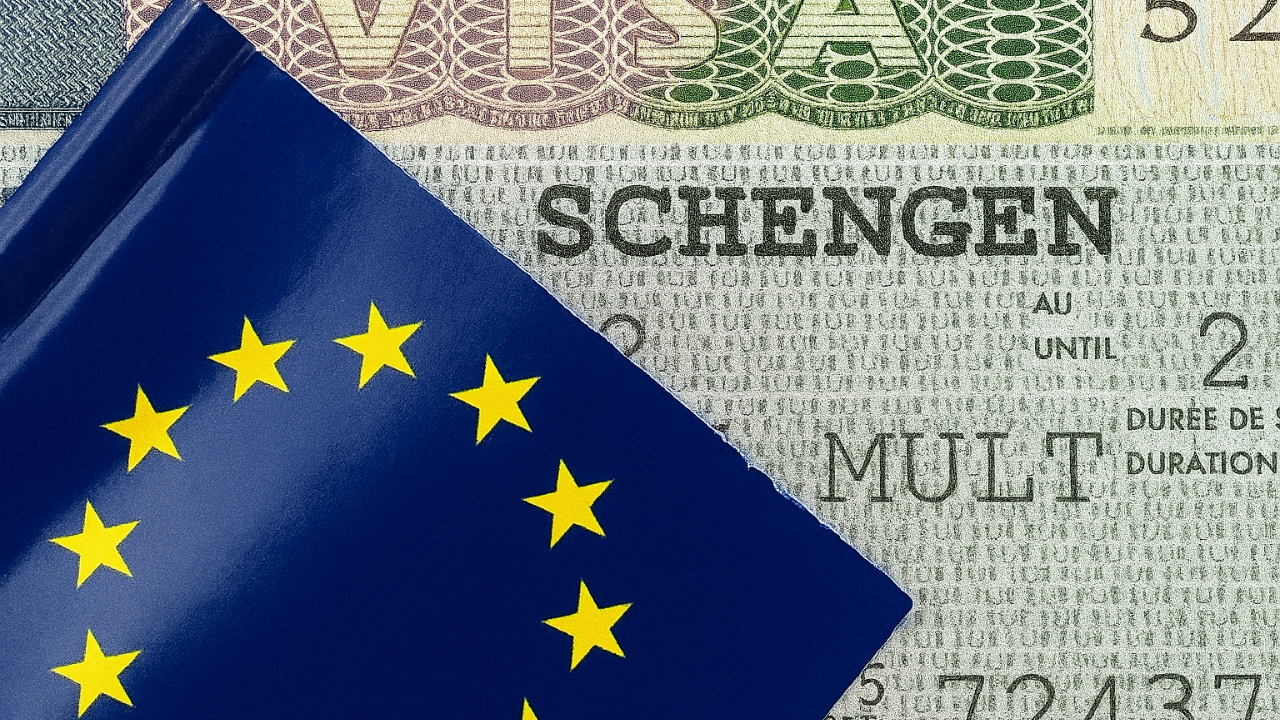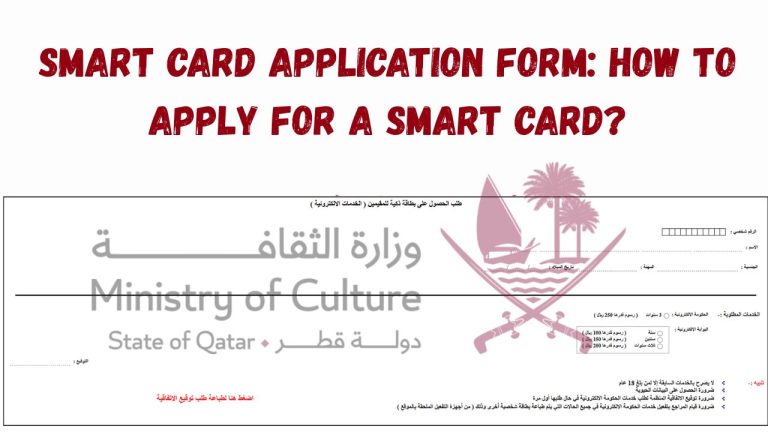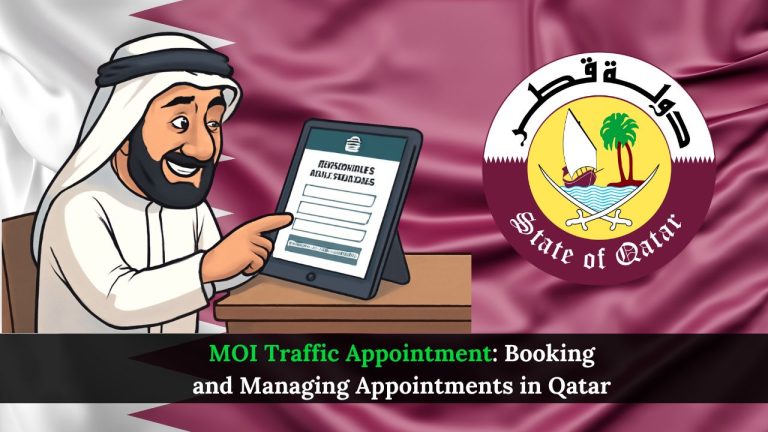Schengen Visa: Applying for a Schengen Visa

For residents of Qatar looking to explore Europe, a Schengen Visa is essential. The Schengen Area includes 27 European countries where you can travel freely with just one visa. Whether you’re going for vacation, business, or to visit family, it’s important to know how to apply for the visa. This guide is specially written for Qatar residents and will explain the steps to apply, the documents needed, and tips to make the process easier. Get ready for your European trip by learning everything about the Schengen Visa.
What is the Schengen Visa?
A Schengen Visa is an entry permit that allows non-EU citizens to enter a Schengen country for a short stay of up to 90 days within any 180-day period. This visa is ideal for tourists, business travelers, students, or people visiting family or friends.
Requirements for a Schengen Visa
To apply for a Schengen Visa, you’ll need:
- Valid passport (with at least 3 months’ validity beyond the intended stay)
- Two recent passport-size photos
- Completed and signed application form
- Travel itinerary (flight bookings and hotel reservations)
- Travel insurance covering at least €30,000
- Proof of financial means (bank statements, salary slips, etc.)
- Proof of accommodation (hotel bookings or invitation letter)
- Proof of ties to your home country (return ticket, job, property, family)
- Biometric data (fingerprints and photo)
- Purpose of travel documents (invitation, conference letter, etc.)
How to Apply for a Schengen Visa
- Determine your primary destination (country where you’ll spend the most time)
- Choose your visa type (tourist, business, family, etc.)
- Fill out the application form (online or paper form depending on the consulate)
- Compile required documents (as listed above)
- Book an appointment with the relevant consulate or visa center
- Attend your visa appointment with all original documents
- Provide biometrics and attend an interview, if required
- Track your application online using your reference number
- Collect your passport or use courier delivery (if available)
What is the Schengen Area?
The Schengen Area consists of 27 European countries that have abolished internal borders to allow seamless travel. These include:
Austria, Belgium, Czech Republic, Denmark, Estonia, Finland, France, Germany, Greece, Hungary, Iceland, Italy, Latvia, Liechtenstein, Lithuania, Luxembourg, Malta, Netherlands, Norway, Poland, Portugal, Slovakia, Slovenia, Spain, Sweden, Switzerland, and Croatia.
Types of Schengen Visas
There are two main ways to classify Schengen Visas: by entry type and purpose.
Entry Type:
- Single-entry visa: Permits one entry only.
- Double-entry visa: Allows two entries within the visa validity.
- Multiple-entry visa: Enables multiple visits across a longer period (valid for up to 1–5 years).
- Airport Transit Visa: Required if you transit through a Schengen country’s airport without entering the country.
Purpose-based Types:
- Tourist Visa
- Business Visa
- Visiting Family/Friends Visa
- Student Visa
- Medical Treatment Visa
Who Needs a Schengen Visa?
Citizens of non-EU countries like Pakistan, India, Bangladesh, the Philippines, and many African nations require a Schengen Visa. If you’re from a visa-exempt country, you won’t need a visa but will have to register with ETIAS starting in 2025.
What is ETIAS?
The European Travel Information and Authorization System (ETIAS) is a travel pre-authorization required for visa-exempt travelers entering the Schengen Area. It’s not a visa.
When to Apply for a Schengen Visa
Apply at least 15 days before your intended travel date and no earlier than 6 months in advance. Appointments can fill up fast, so apply early especially during summer or holiday seasons.
Schengen Visa Cost
- Adults: €90
- Children aged 6–12: €45
- Children under 6: Free
- Applicants from Belarus, Armenia, Azerbaijan: €35
- Cabo Verde applicants: €67.50.
Schengen Visa Processing Time
- Standard processing: 15 calendar days
- Extended processing: up to 45 days (if additional checks are required)
- Family of EU citizens: Fast-track processing in many cases
Schengen Visa Status Check Online
- Determine where you applied: First, identify whether you submitted your application through a visa application centre like VFS Global or TLScontact, or if you applied directly at an embassy or consulate.
- Locate the online tracking portal
- If you applied via a visa centre, visit their official website and look for the “Track Your Application” section.
- If you applied at an embassy or consulate, check their official website for any available tracking tool.
- Input your details: You’ll typically need your reference number (found on your receipt or confirmation slip) and your last name to proceed.
- View your application status: The portal will then show the current stage of your visa process, such as “application received,” “in process,” “approved,” or “rejected.”
- Use alternative options if needed: If there’s no online tracking available, you can contact the relevant embassy or consulate by email or phone, providing your application details for an update. Many visa centres also offer SMS or email notifications to alert you when your passport is ready for collection.
Schengen Visa Can Be extended
Yes, It is possible to extend a Schengen visa in exceptional circumstances, not simply because you want to stay longer. Force majeure, humanitarian reasons, or important personal reasons that arose after your initial entry have to be demonstrated as valid reasons for an extension.
Visa Validity & Duration
- Short-term visa: Valid for 90 days in a 180-day period
- Multiple-entry visa: Valid for up to 1–5 years, depending on your travel history, reason, and previous visas
Common Reasons for Visa Rejection
- Incomplete or inaccurate documents
- Insufficient financial proof
- Lack of travel history or purpose clarity
- Suspicious or inconsistent information
- Invalid or insufficient travel insurance
Tips to Avoid Schengen Visa Rejection
- Double-check all documents for accuracy
- Use verified insurance providers
- Clearly explain your travel purpose
- Show strong ties to your home country
- Do not buy non-refundable tickets before approval
What to Do If Your Visa Is Rejected
If your visa is refused, you have the right to appeal. The embassy will explain the reason in a letter. You may submit an appeal within a set time frame, usually with additional documentation or a written explanation.
Can You Extend a Schengen Visa?
Visa extensions are rare and only allowed under exceptional circumstances, such as medical emergencies or force majeure. Apply at the local immigration office before your visa expires.
FAQs About Schengen Visa
Conclusion
A Schengen Visa is your gateway to exploring some of the most stunning and culturally rich countries in Europe. With proper planning, the right documents, and timely application, you can enjoy seamless travel across 27 nations with just one visa. Start early, stay organized, and travel smart.





